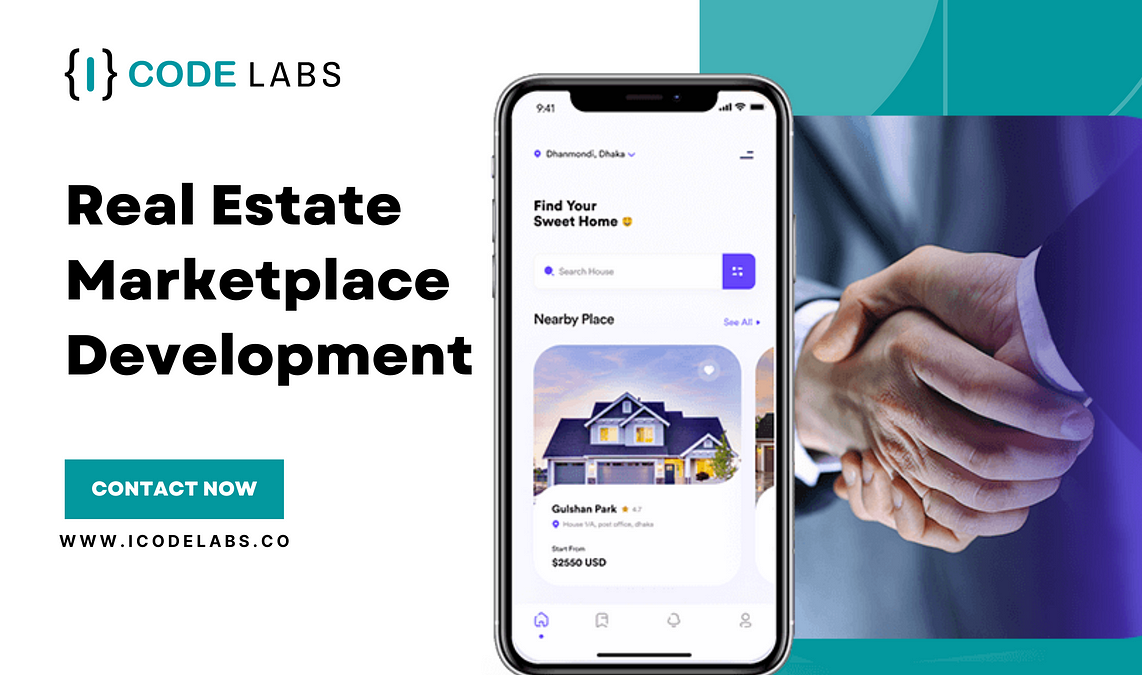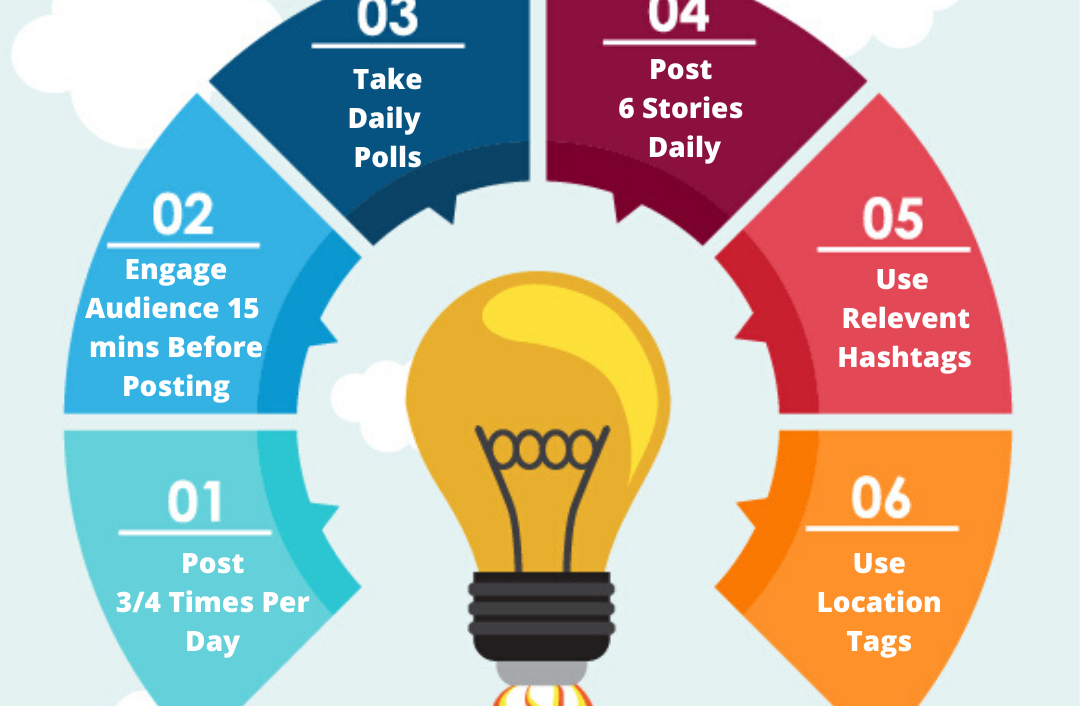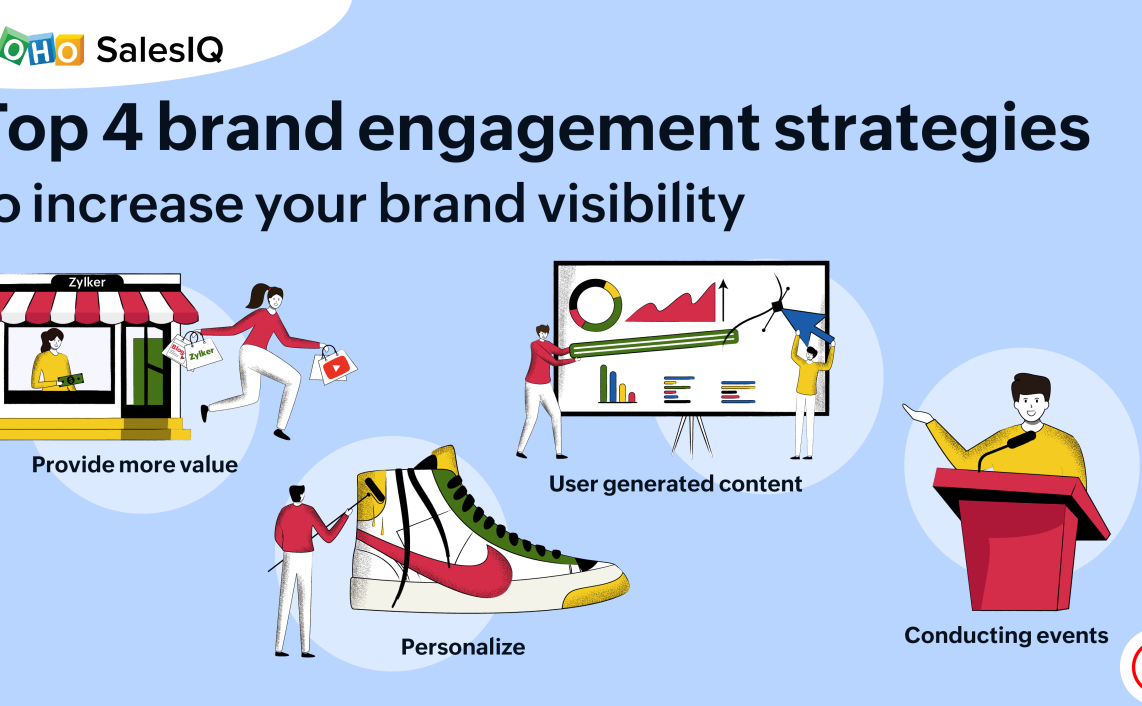[The Role Of Examples In Driving Business Growth]

Executive Summary

This article delves into the crucial role examples play in driving business growth. We will explore how examples can enhance brand messaging, customer engagement, product development, sales conversion, and employee training, ultimately leading to tangible and measurable results. From real-world case studies to customer testimonials, we will uncover the power of examples to build trust, demonstrate value, and ultimately propel businesses towards success.

Introduction
In the dynamic world of business, examples are more than just illustrations. They are powerful tools that can significantly impact how your target audience perceives your brand, products, and services. By showcasing real-world applications, examples provide tangible proof of concept, fostering credibility, and ultimately driving growth. This article will dissect the multifaceted role of examples across various business functions and explore their impact on overall success.
Frequently Asked Questions
What are some examples of examples in business?
- Customer testimonials: Real stories from satisfied customers showcasing the value and impact of your products or services.
- Case studies: In-depth analyses of how your products or services have helped specific clients overcome challenges and achieve desired outcomes.
- Product demos: Visual demonstrations showcasing the functionalities and benefits of your products or services in real-time.
- Industry benchmarks: Comparisons of your performance against industry standards, highlighting your competitive advantage.
How can I effectively use examples in my marketing materials?
- Use examples that are relevant to your target audience.
- Ensure your examples are clear, concise, and easy to understand.
- Include visual elements like images, videos, or infographics to make your examples more engaging.
- Use a consistent tone and style across all your examples to maintain brand coherence.
What are the benefits of using examples in business communication?
- Builds trust and credibility with customers.
- Provides social proof, increasing the likelihood of conversions.
- Improves customer understanding of your products or services.
- Enhances engagement and memorability.
- Facilitates effective communication and collaboration within the organization.
Enhancing Brand Messaging
Examples are instrumental in shaping a strong and authentic brand identity. By showcasing real-world applications of your products or services, you create a tangible connection with your target audience.
- Case Studies: Demonstrate the effectiveness of your solutions by detailing how they have helped specific clients achieve desired outcomes. Focus on quantifiable results, addressing pain points, and showcasing the value you deliver.
- Customer Testimonials: Leverage authentic voices from satisfied customers to build trust and credibility. Share their experiences and highlight the positive impact your products or services have had on their lives.
- Brand Storytelling: Integrate compelling examples into your brand narrative, humanizing your brand and fostering emotional connections with your audience.
- Visual Storytelling: Combine powerful imagery with examples to create engaging and memorable content that resonates with your target audience.
Boosting Customer Engagement
Examples are powerful tools for capturing and sustaining customer attention, fostering meaningful interactions, and driving conversions.
- Product Demonstrations: Use interactive demonstrations to showcase the features and functionalities of your products or services in a clear and engaging manner. Allow potential customers to experience the benefits firsthand, increasing their understanding and interest.
- User-Generated Content: Encourage customer participation by showcasing their experiences with your products or services through reviews, testimonials, and social media posts. This authentic content fosters trust and adds a personal touch to your brand messaging.
- Interactive Content: Create engaging quizzes, polls, or interactive calculators that utilize examples to personalize the user experience and provide valuable insights.
- Personalized Content: Leverage data to tailor your content and examples to specific customer segments, addressing their unique needs and interests.
Driving Product Development
Examples are invaluable in the product development process, providing valuable insights into customer needs, market trends, and potential innovation opportunities.
- Customer Feedback: Collect and analyze customer feedback to identify pain points, areas for improvement, and potential new features. Use these insights to inform your product development roadmap.
- Competitive Analysis: Examine how your competitors are using examples to promote their products or services. Identify areas where you can differentiate yourself and create unique value propositions.
- Market Research: Analyze market trends and emerging customer demands to identify opportunities for innovation.
- Prototype Testing: Conduct usability tests with real users to gather feedback on your product’s design, functionality, and overall experience.
Optimizing Sales Conversion
Examples play a crucial role in building trust, demonstrating value, and ultimately driving sales conversions.
- Sales Presentations: Integrate compelling examples into your sales presentations to showcase how your products or services can solve your customers’ problems and achieve their goals.
- Product Comparisons: Present clear and concise examples that highlight the key differentiators between your products or services and those of your competitors.
- Value Propositions: Clearly articulate the value proposition of your products or services through compelling examples that resonate with your target audience.
- Call to Action: Use examples to provide social proof and inspire customers to take action, such as making a purchase or signing up for a free trial.
Empowering Employee Training
Examples are vital in creating effective employee training programs that enhance skills, knowledge, and productivity.
- Case Studies: Use real-world case studies to illustrate best practices and demonstrate how employees can apply their skills to solve real-world problems.
- Role-Playing Scenarios: Develop interactive role-playing exercises that use examples to simulate real-life situations employees might encounter in their roles.
- On-the-Job Training: Provide hands-on training opportunities that allow employees to apply their skills in a practical setting, using examples to guide their learning process.
- Performance Feedback: Use examples to provide constructive feedback and identify areas for improvement.
Conclusion
In the competitive business landscape, examples are a powerful tool that can drive growth and elevate your brand. From shaping brand messaging and boosting customer engagement to optimizing sales conversion and empowering employee training, examples provide tangible evidence of your value proposition, building trust, and ultimately propelling your business towards success. By strategically integrating examples into your marketing materials, communication strategies, and internal processes, you can harness their transformative power to achieve tangible results and unlock new growth opportunities.
Keywords
- Business Growth
- Examples
- Brand Messaging
- Customer Engagement
- Product Development
- Sales Conversion
- Employee Training







